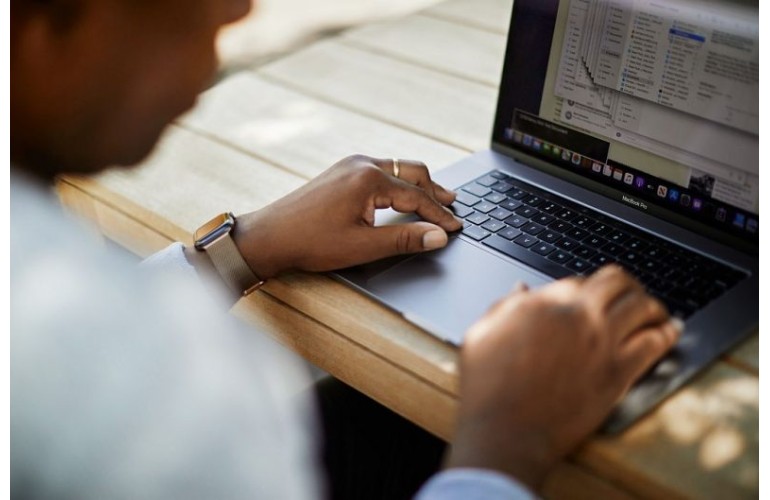 Subscribe
Subscribe- Login
-
/
Sign Up
- US Black Engineer
- >>
- Articles
- >>
- Black Nerd Culture
- >>
- 30 Years after the Americans with Disabilities Act | What’s New in Tech?
|
Getting your Trinity Audio player ready...
|
You’d think braille embossers, powered wheelchairs, and hearing aids are the biggest global assistive technologies. While a new report predicts a growth trail in 2020, David M. Perry, a senior academic adviser at the University of Minnesota, says Smartphones may be the most powerful accessibility devices in history.
To honor the 30th anniversary of the Americans with Disabilities Act (ADA), Apple interviewed Dean Hudson, an accessibility technical evangelist. Hudson is part of the original team behind VoiceOver, which enables people who are blind to navigate iPhone and Mac.
Since “iPhone 3G S launched with VoiceOver in 2009, it’s amazing to see people who are blind and all sorts of people with disabilities using the device,” Hudson said.
Writing in the New York Times in the follow-up to A.D.A.’s anniversary, Perry said that Smartphones now provide navigation, manage hearing aids, run speech apps and even drive a wheelchair (“Disabled Do-It-Yourselfers Lead Way to Technology Gains”). Perry also interviewed several people for their insights.
Some of the innovations mentioned include:
- 3-D printed objects and graphics embedded with Braille will soon make meaning legible by touch.
- Nonspeaking individuals can use apps with speech tools built into tablets, smartphones and computers.


